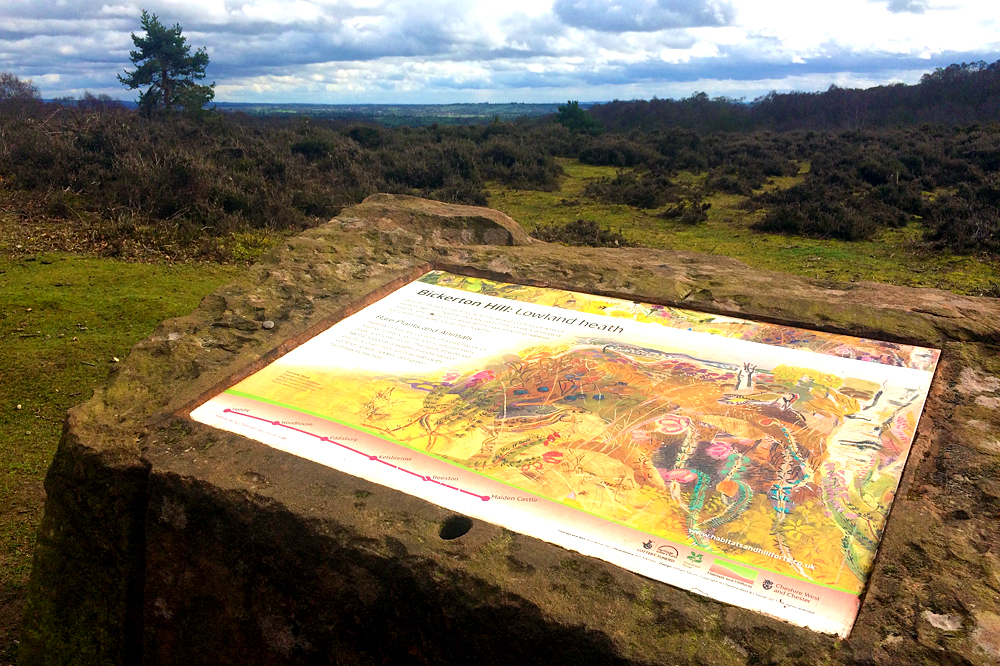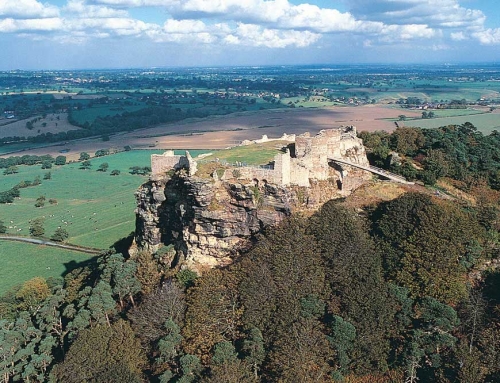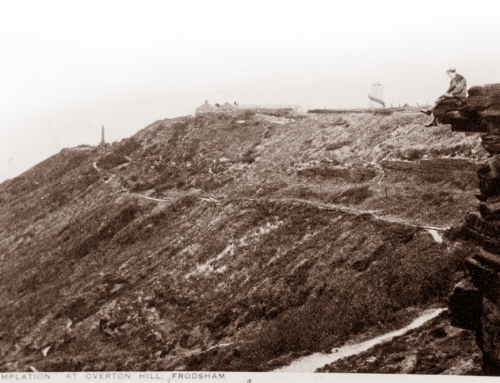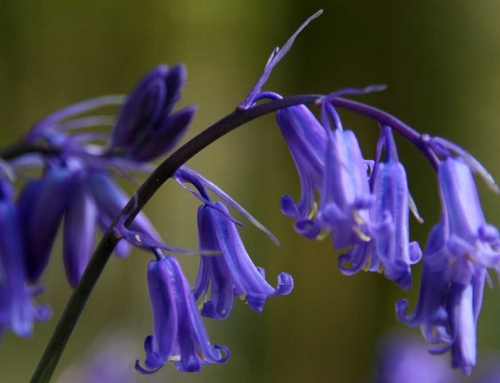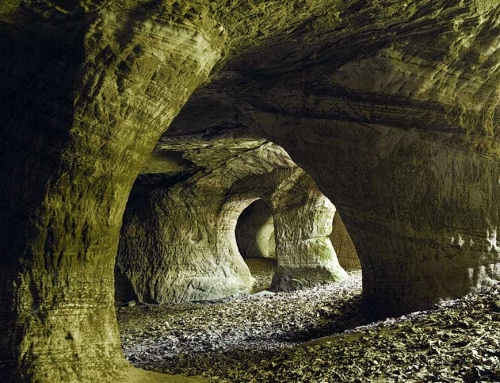Lowland heath: Open heath dominated by heather, gorse and bilberry is one of the UK’s rarest habitats
The National Trust’s sterling work to regenerate internationally-threatened lowland heath on the Bickerton Hills is moving into top gear. More areas of birch and other opportunist trees and scrub have recently been cleared for the hill and, even in early spring, there’s evidence of bilberry and heather recolonising the hill. And the views that once illuminated Cheshire’s central sandstone ridge — east to the Pennines and west to the Clwydian Range and Snowdonia — are steadily opening up once more.
This increasingly rare but priceless habitat supports a wealth of otherwise rare plants and animals, including unusual beetles and moths, green hairstreak butterflies, wood larks, common lizards and adders. There’s also a chance that birds that once bred on the hill, such as nightjars and even ring ouzels, may one day return.
Local opposition to this careful management plan clearly misunderstands the huge benefits of recreating lowland heath. Until grazing ceased in the 1940s, this was all open open country, and had been for centuries. As the heather, bilberry and gorse return, the hills will slowly return to their former glory. Thank Gaia for enlightened conservationists everywhere.


